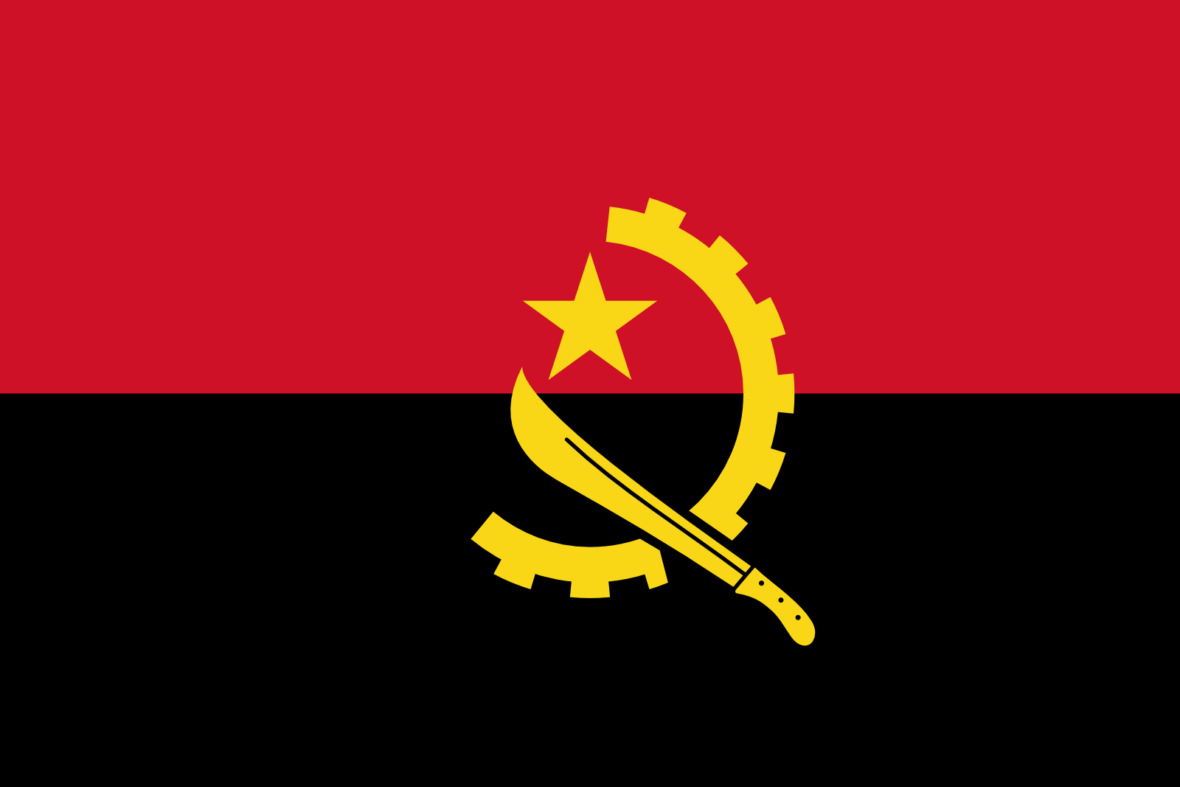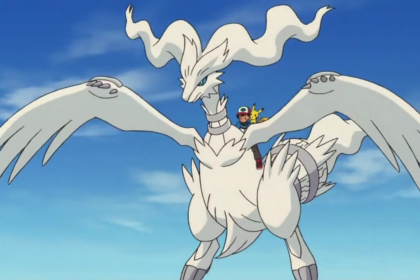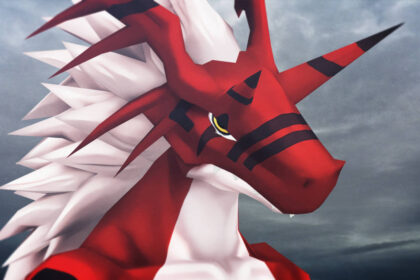Angola is a Southern African nation whose varied terrain encompasses tropical Atlantic beaches, a massive system of rivers and a sub-Saharan Desert that extends across the border into Namibia. The country’s colonial history is reflected in its Portuguese influenced cuisine and its landmarks. Take a look below for 30 more interesting and fascinating facts about Angola.
1. Angola’s oil and diamonds are its primary sources of income. The country has even become China’s major oil supplier.
2. Unlike other currencies, Angola’s kwanza can’t be taken outside the country. Any attempts to bring it out is illegal.
3. Photographing government buildings, military sites and other such structures is strictly illegal in Angola and is penalized harshly.
4. Angola is a massive country and the climate in the north is much more tropical than in the arid south. The rainy season in the north usually lasts from November to April. The south gets scattered rain twice a year, mainly from March to July and October to November.
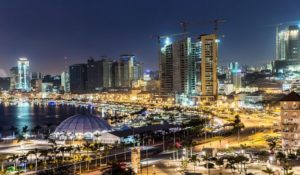
5. Angola’s high growth rate is driven almost entirely by its oil sector.
6. The capital city of Luanda is one of the most expensive cities in the world. It’s known as the “Paris of Africa,” a title it gets from the city’s sophisticated culture and atmosphere.
7. Angola has a very young population as nearly 70% of its citizens are under the age of 24.
8. Iona National Park is Angola’s biggest national park. It borders the Atlantic Ocean with massive desert dunes, plenty of bird life and a slowly recovering mammal population.
9. One of Africa’s most beautiful natural wonders, the Ruacana Falls, is located in Angola.
10. Angola is the birthplace of the deadlock hair style.
11. After 27 years of civil war, there’s a shortage of men in the country. Because of this, it’s not unusual for an Angolan man to have several mistresses.
12. Portuguese is the official language of Angola. Other spoken languages include Umbundu, Kimbundu, Kikongo and Tchokwe.
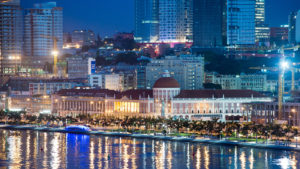
13. Angola gained independence in 1975 from Portugal. It is the last country in Africa to gain independence from Portugal.
14. The name of the country comes from the Kimbundu word “N’gola,” which means “King.” N’gola Kiluange was the king of the Ndongo Kingdom at the time of the Portuguese arrival in what is now Angola.
15. Angola is twice the size of Texas. The country spans 481,354 square miles, making it the world’s 23rd biggest country. It’s the seventh biggest country in Africa.
16. The Angolan flag is red, black and gold. The red part of the flag represents the blood of Angolans killed in conflicts, the black represents the Angolan people, and the gold parts represents industry. The gold machete represents peasantry and the gold star is modeled after the star on the flag of the former Soviet Union.
17. Angola’s traditional music is the semba. Brazilian semba is believed to have originated in Angola as the two are very similar. Angolan semba was danced to celebrate different occasions and is known as the music of the sea.
18. Angola’s national tree is the imbondeiro. There was a popular belief that God planted this tree. The unusual looking imbondeiro tree can be found growing all over the country and on local artwork.
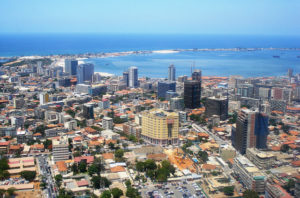
19. Tipping isn’t standard practice in Angola. If you do tip, then it doesn’t have to be in cash as cigarettes are often accepted.
20. Slave trade was practiced in the early history of Angola, with such tribes as the Imbengala and the Mbundu acting as slave traders, and with ports built in Luanda and Benguela. The Portuguese put an end to slave trade in 1836, year after Brazil, with which Angola traded slaves, gained independence from Portugal.
21. Angolans normally shake hands when greeting each other, however, when introduced to an older person or to someone with a higher position, they will typically bow their heads.
22. The fin whale, also called the finback whale, is the second biggest animal after the blue whale and is one of the endangered species found in Angola.
23. Bushman Poison is a poisonous succulent endemic to the mostly dry regions of norther Namibia and southern Angola.
24. Boophone disticha is a poisonous tropic and sub-tropic flowering planet that’s endemic to Angola.
25. Angola is home to the giant sable antelope. It can’t be found anywhere else and it was thought to be extinct until they discovered it a few years ago.
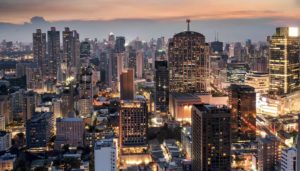
26. Angola celebrates both religious and secular festivals with a lot of celebration. The Carnival, Christmas, Easter, the Luanda Island Festival in honor of the water God Kianda, are all important religious festivals of Angola.
27. Angola has four principal natural regions: the arid coastal lowland, characterized by low plains and terraces; green hills and mountains, rising inland from the coast into a great escarpment; a large area of high inland plains of dry savanna, called the high plateau and the rain forest.
28. Mount Moco, at 2,620 meters, or 8,600 feet, is the highest mountain in Angola.
29. Over 162,500 square kilometers, or 62,740 square miles, or about 8% of Angola’s national territory surface is covered by national parks and reserves.
30. The Kalandula Falls are waterfall on the Lucala River. The falls are 105 meters, or 344 feet, high and 400 meters, or 1,300 feet wide. They’re one of the biggest waterfalls by volume in Africa.

